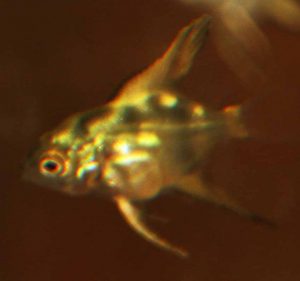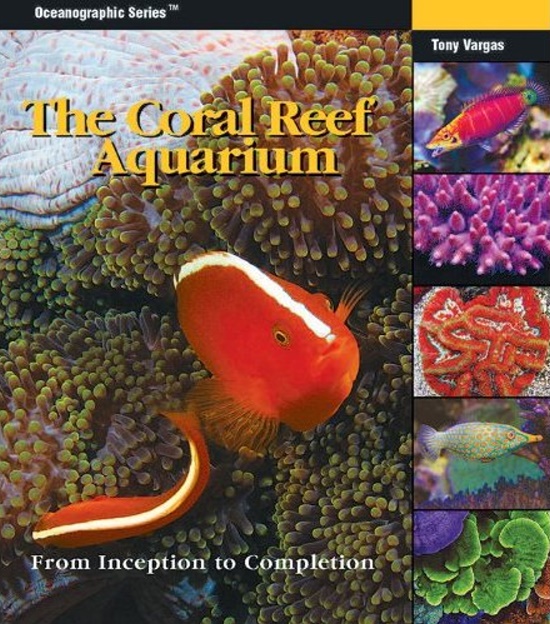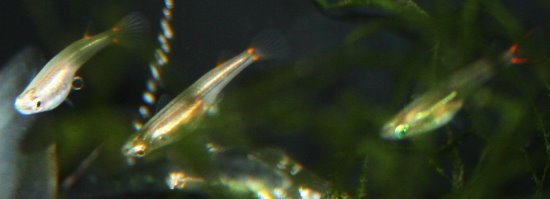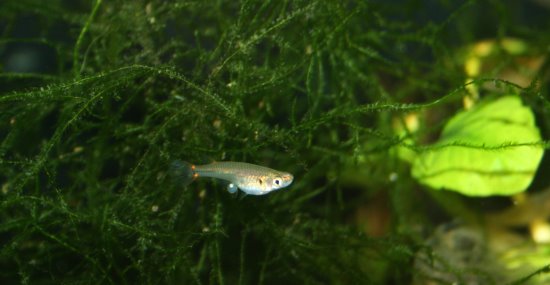What’s In A Name? Much Confusion! by Joseph Graffagnino
As Chairperson of the Breeders Award Program, I must research fish species to determine that the hobbyist who has bred that particular species, registers all of the particulars of that species onto the breeder form, accurately and truthfully. On rare occasions I must question the breeder regarding the spawning behavior or the environment or the aquarium parameters of that species if what the person has written is beyond the normal parameters of that particular species’ requirements. In almost all cases the hobbyist has rendered the information truthfully and accurately because many species can and do spawn outside of the range the “experts” list for them.
I use a multitude of methods to determine the accuracy of what the person applies to the breeder form. During the fish fry witnessing, I need to verify that the species is indeed the one supported by photographs or drawings. I use several research books such as Baensch Atlases on tropical fish, Tropical Fish Hobbyist research books on various species and also aquarium related books on particular geographic areas and their endemic species. I also make generous use of the World Wide Web, searching aquatic fish sites, international club sites, such as Planet Catfish, American Cichlid Association, American Livebearer Association, American Killifish Association, International Betta Congress; the list goes on and on.
I believe that I have all of this finally under control when the powers that be decide to change the names of fish species. Some of the experts say that the reason for the name changes is to better align groups into families based on the species’ fins, teeth and jaw bones and/or skeletal body bones. Others say the reason was to sell books with the updated species names. Any way you look at it, when one researches the fish presented, it is a nightmare to verify it wasn’t presented before.
As an example; I found a very nice Central American cichlid that goes under the name Cryptoheros myrnae. The fish were in a plastic bag and obviously stressed, so the coloration and close inspection would have to wait until they were home and acclimated to an aquarium prepared for cichlids. Through trial and error, I had tried to breed these fish. My error was trying to breed them in a gravel-free tank. After I moved several members that weren’t breeding into another tank, I noticed the relocated fish were digging in the gravel and moving it to clear an area near the cave they wanted to spawn in. Aha! So that was a little secret they shared with me.
No problem. I added gravel and kept a pair, or what I believed was a pair, in a separate 10 gallon tank that contained caves. A couple of months went by and viola! a batch of little babies came out of the cave and were guarded and paraded around by mom and dad. Great! Now I wait the required two months before I can register them as being successfully spawned and reared. I look up the species and discover the common name is Topaz cichlid. That name stirs my memory a bit. I check through the voluminous records of the Breeders Program and discover that I had already bred Topaz cichlids five years previous. In those days, they were called Archocentrus myrnae. No credit is given for breeding the same species twice, even though it went through a name change. I was aggravated and wanted to give the fish away at my earliest opportunity so I can clear my aquarium to breed another species.
The next species I want to breed is called Melanochromis Joanjohnsonae Exasperatus, a beautiful African cichlid that goes by the common name of “Pearl of Likoma.” Oh wait, this species also had a name change. It was formally called Labidochromis exasperates. All right, how about Cichlosoma sajica, the “T Bar Cichlid”? Wait! it also changed its name to Cryptoheros sajica- darn it, foiled again!




